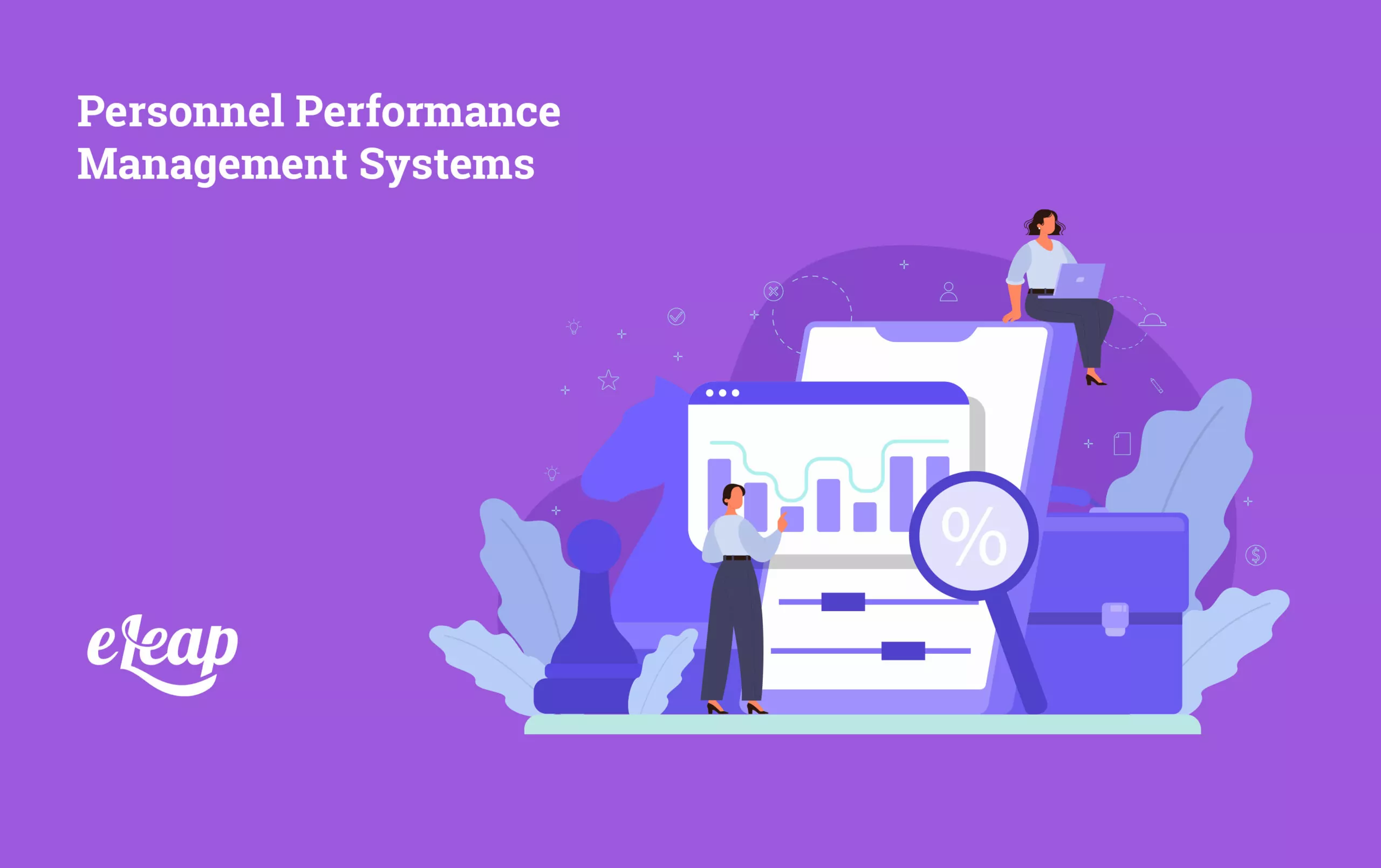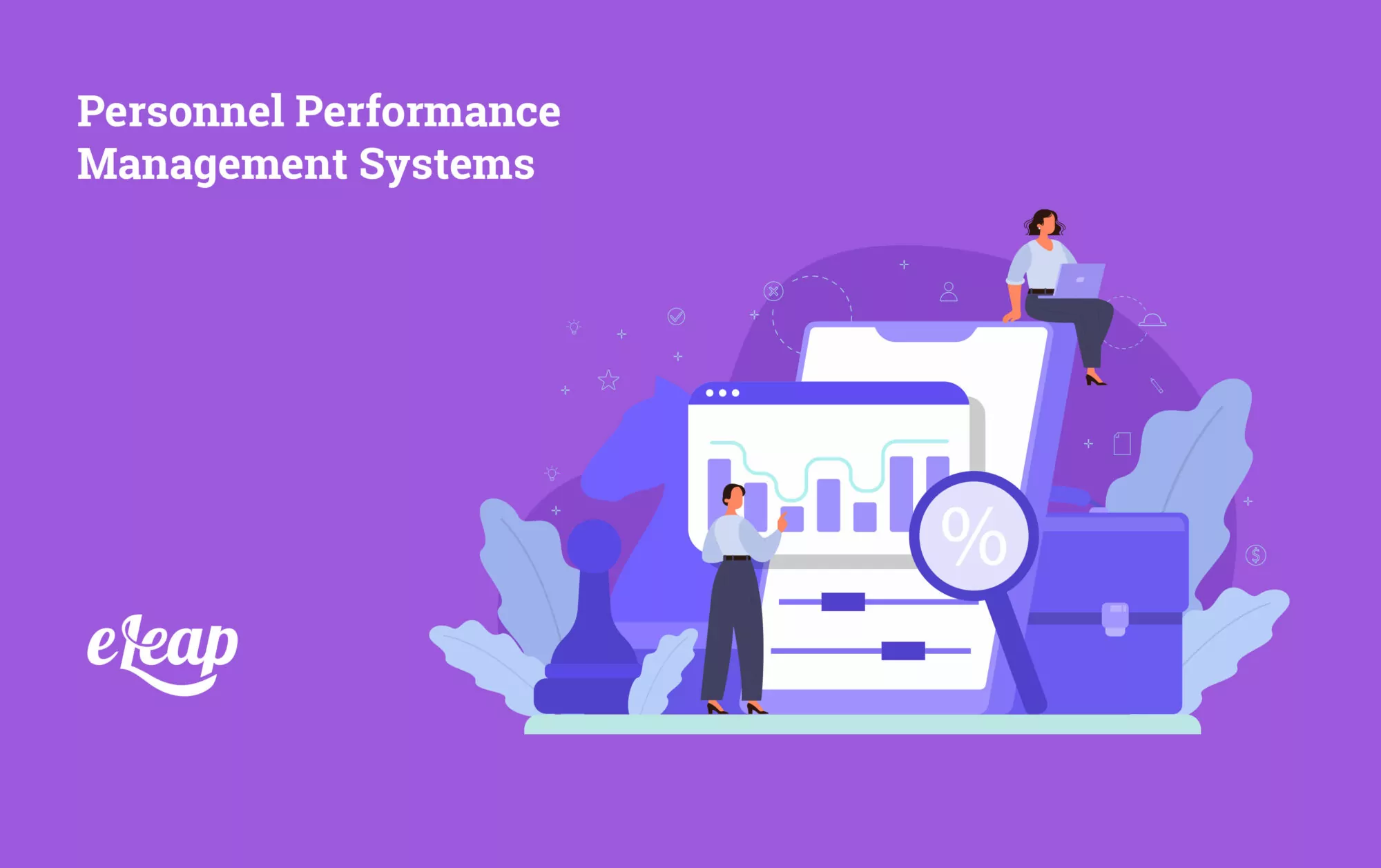Personnel Performance Management Systems

Performance management is an important part of every company’s strategy for growth and success. Many tools can be used to help you measure your organization’s progress toward those strategies. The most common tool is a spreadsheet or scorecard system with individual employee scores on key metrics such as sales productivity, customer satisfaction, or cost reduction.
But there are also other more sophisticated tools available that offer additional capabilities like integrating data from multiple sources into one place, providing reports that show how well the business is doing overall, and giving access to real-time information about their employees’ activities.
These types of software provide greater detail than spreadsheets do while still allowing users to review trends over long periods of time. This flexibility allows organizations to see how they’re doing across all departments and compare themselves against industry benchmarks.
The right type of application will depend upon what kind of feedback you need and how much reporting you want. Here we describe some of these various options and give general guidelines for choosing the best fit for your needs.
In this article, we’ll take a look at Personnel Performance Management Systems. The eLeaP continuous performance management system provides organizations with powerful options to attract and retain high caliber team members.

Personnel Performance Management Systems
A Personnel Performance Management System is also known as HR Performance Management System.
Personnel Performance Management Systems apply the principles of human resource management (i.e., recruiting, selection, staffing) to the field of performance management. Like traditional performance management systems, these systems operate under the assumption that performance must improve with job complexity.
These systems are also used to assign roles within an organization. This is the process that’s used for this task:
Recruiters search for candidates with skills matching the tasks required to perform effectively. They assess applicants’ abilities through written tests and interviews.
Selection criteria determine what qualities the role requires. Selection methods range from paper and pencil methods to computerized assessment techniques.
Employees are assigned work duties based on their knowledge, skills, and personality traits. Training programs ensure employees become familiar with task procedures and responsibilities.
Skills gaps and weaknesses identified during training efforts are addressed via mentoring sessions and coaching. Employees are given opportunities for career advancement.
HR PMS platforms differ from standard performance management systems in that they emphasize workforce development instead of just tracking output. Rather than focusing primarily on individual goal attainment, they aim to improve the quality of work done to increase efficiency.
Since these systems treat workers holistically, they often focus on improving the employee as opposed to the entire department.
The two main forms of HR PMS platforms are objectives and key results and HR-review driven systems.
Objectives and Key Results
These systems are designed around the idea that successful employees must balance short-term goals with longer-term strategic results. To accomplish this feat, they break up big projects into smaller chunks, analyze the impact of changes, and adjust accordingly. They strive to maximize performance by delegating the right work to the most appropriate employees.
While this helps the organization, it also helps the employees focus on certain areas they can improve upon.
For instance, say you were considering placing someone in a certain department, but you weren’t quite sure how it would go, you could use this system. Instead of starting with a broad stroke approach, you could first implement small experiments within the greater effort.
That way, you’d learn more about the potential fit and appropriate skills early on. You wouldn’t waste resources putting someone in a position they may not be great at or want. After seeing how effective the experiment was, you could modify your plans to reflect its findings.
Sooner or later, you’d realize that the original path wasn’t worth pursuing after all. By contrast, this system would allow you to try out lots of ideas quickly and cheaply, even though you couldn’t fully test everything at once.
An objective of this system is to produce efficient employee output that affects a team member’s skill sets while maximizing productivity.
As with any performance management or improvement program, getting measurable improvements takes hard work and commitment on behalf of HR and the employee. Without management buy-in, nothing significant will happen.
One of the biggest advantages of this system is that it focuses on continuous improvement. Unlike the annual reviews performed by many organizations today, these encourage constant monitoring and adjustment. They reward superior performers and help lower-level performers.
The second type is the HR-Review Driven System.
HR-Review Driven System
This particular system is considered an older way of doing things. Reviews are conducted on an annual or semi-annual basis.
These reviews are more based on aspects of performance that aren’t related to objectives. Metrics include whether an employee is a good fit for the team or if they have developed additional skill sets outside of their job description.
The two can be used hand-in-hand to maximize the results. These reviews also measure how well an employee fits into the corporate culture.
Which Personnel Performance Management System Is Best?
In this debate, there is no answer for which system is best – only which system is best for your company specifically. Honestly, it all depends on how you choose to utilize your talent pool.
If employee positions exist on a more autonomous basis where you have team members floating around, working remotely, or working on a project basis, the OKR method may work better for you. It’s more of a continuous measurement and allows you to track how employees are developing as time goes on.
It’s not treated like a finalized report card – a journey with a beginning and an end. Instead, it’s more like a never-ending jog with a stop here or a stop there. Each stop along the way is graded accordingly based on what you did well and what you could do better.
However, if you have more of an old-school structure to your organization and roles are clearly defined, an HR report card type of system with a more moderate approach might work better. You still want to be sure you’re paying enough attention to what your employees need and not only what they can do for the company.
If you want the most efficient outcome, use them both. Allowing them to work hand in hand is one of the best ways to cover all of your bases and equally benefit the employee and the company!